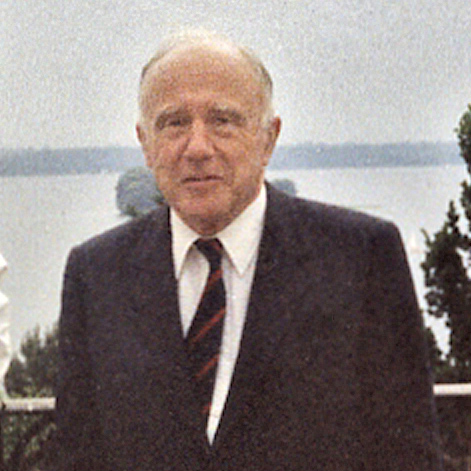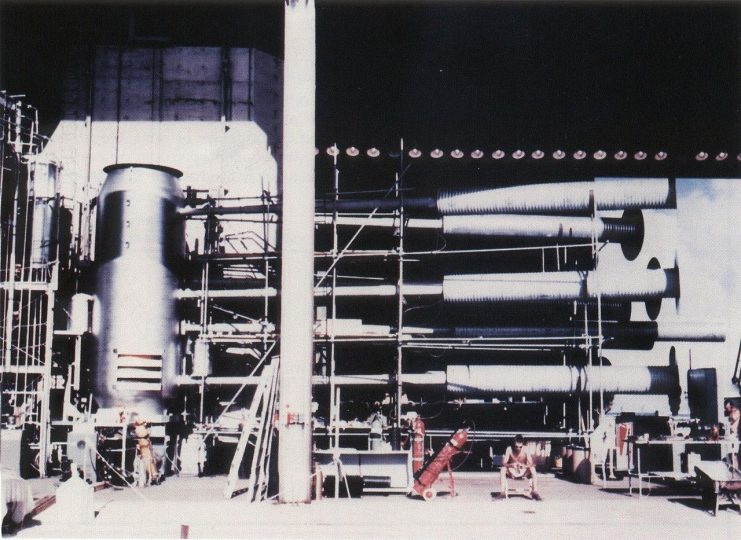John Archibald Wheeler was a pioneer in physics. He is responsible for furthering our understanding of quantum physics and nuclear fission. He’s credited with inventing the term “black hole.”
He’s also the man who nearly lost top secret government documents about the testing of the first hydrogen bomb.
As part of the Freedom of Information Act, the FBI recently made Wheeler’s file public. Alex Wellerstein is an assistant professor in science and technology studies at the Stevens Institute of Technology in Hoboken, New Jersey.

Emielke CC BY-SA 3.0
He took advantage of the new information to retrace Wheeler’s steps and find out how the sensitive documents came up missing.
In the 1940s, the scientists in the US invented the atomic bomb which was used to end World War II by destroying the Japanese cities of Hiroshima and Nagasaki.
After the war, the US continued to research the technology and developed the hydrogen bomb which used atomic fusion instead of fission like the atomic bombs had used.
This allowed the hydrogen bombs to generate explosions with hundreds of times more power than the atomic bombs.
Wheeler ran a project known as Matterhorn B at Princeton University. According to Wellerstein, the “B” indicated that the project was working on a bomb.
Near the end of 1952, the first hydrogen bomb was detonated at the Eniwetok Atoll in the Marshall Islands. The force of the explosion was so strong that the island of Elugelab was completely vaporized.
In order to drum up support in Congress for the hydrogen bomb program, a 91-page history of the program was written. A copy was sent to Wheeler for his review.

Wheeler took the document with him on a train trip from Princeton to Washington, DC on January 6, 1953. He carried the classified document in a white envelope as he boarded the train in Princeton at 9:01 pm.
Wheeler told FBI agents that he had taken the document out to read it in his sleeper car berth before going to sleep. After he woke up, he placed the white envelope in a larger manilla envelope and brought it with him to the washroom.
After returning to his berth, he remembered that he had left the document in the washroom. He hurried back and retrieved the manilla envelope, thinking that he had successfully recovered the document.
Later, though, he found that the white envelope was not in the manilla envelope after all. He frantically searched for the missing document with no success. The FBI was then contacted to search for it.
The FBI literally took the train car apart in an effort to see where the document was hiding, but to no success. They considered having agents walk the tracks from Philadelphia to DC in case the document had been tossed out of the train. This idea was ultimately dropped.
After all their efforts, the document remained missing. The FBI determined that there was likely no foul play and that the whole thing was an unfortunate accident and not the result of espionage.
Mechanic ‘Accidentally’ Fires Vulcan Cannon & Obliterates F-16 Sitting on the Runway
They decided that the most likely scenario was that Wheeler forgot to put the white envelope into the manilla envelope and it was then swept into the trash and destroyed – with no way to verify that is what actually happened.
